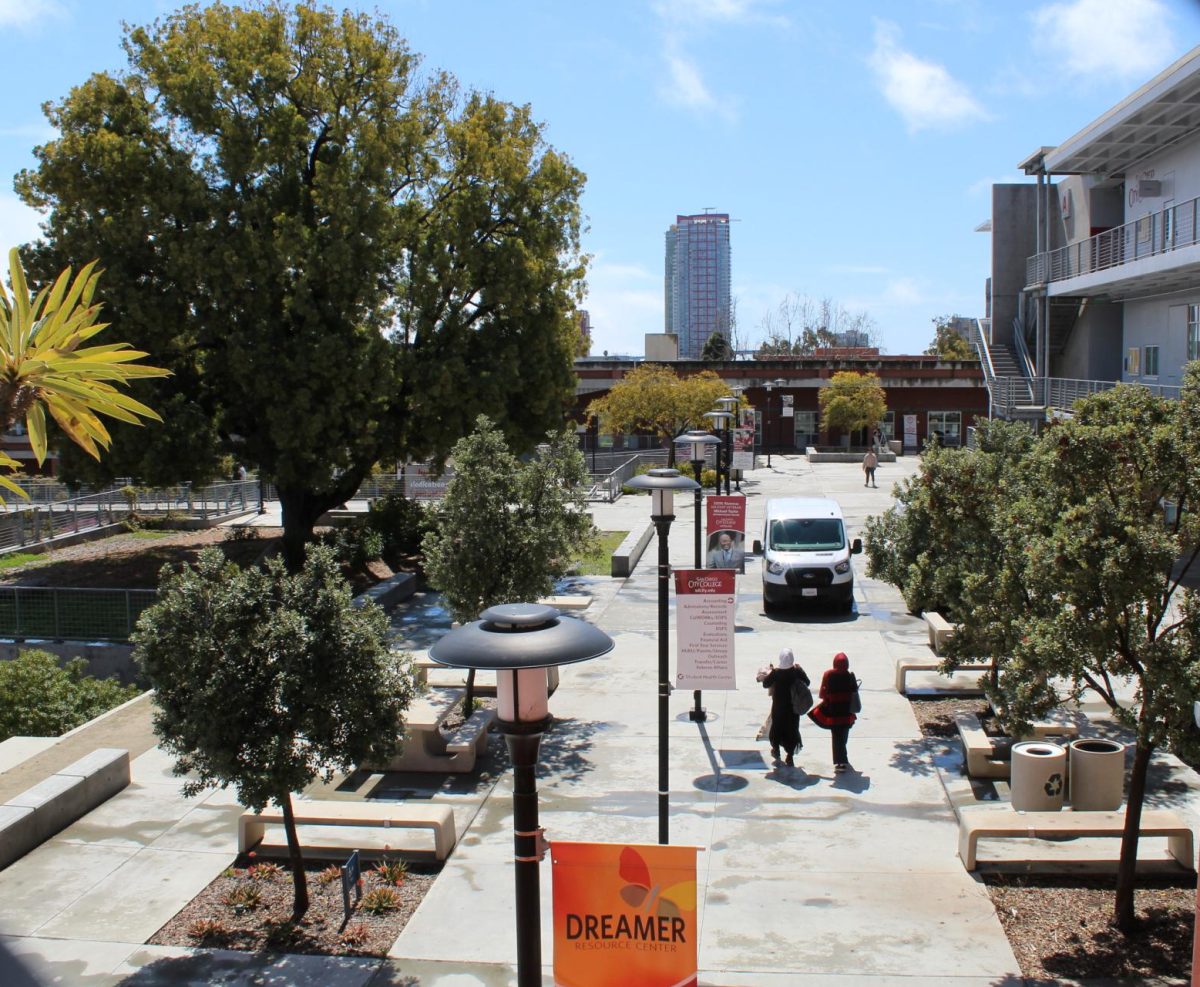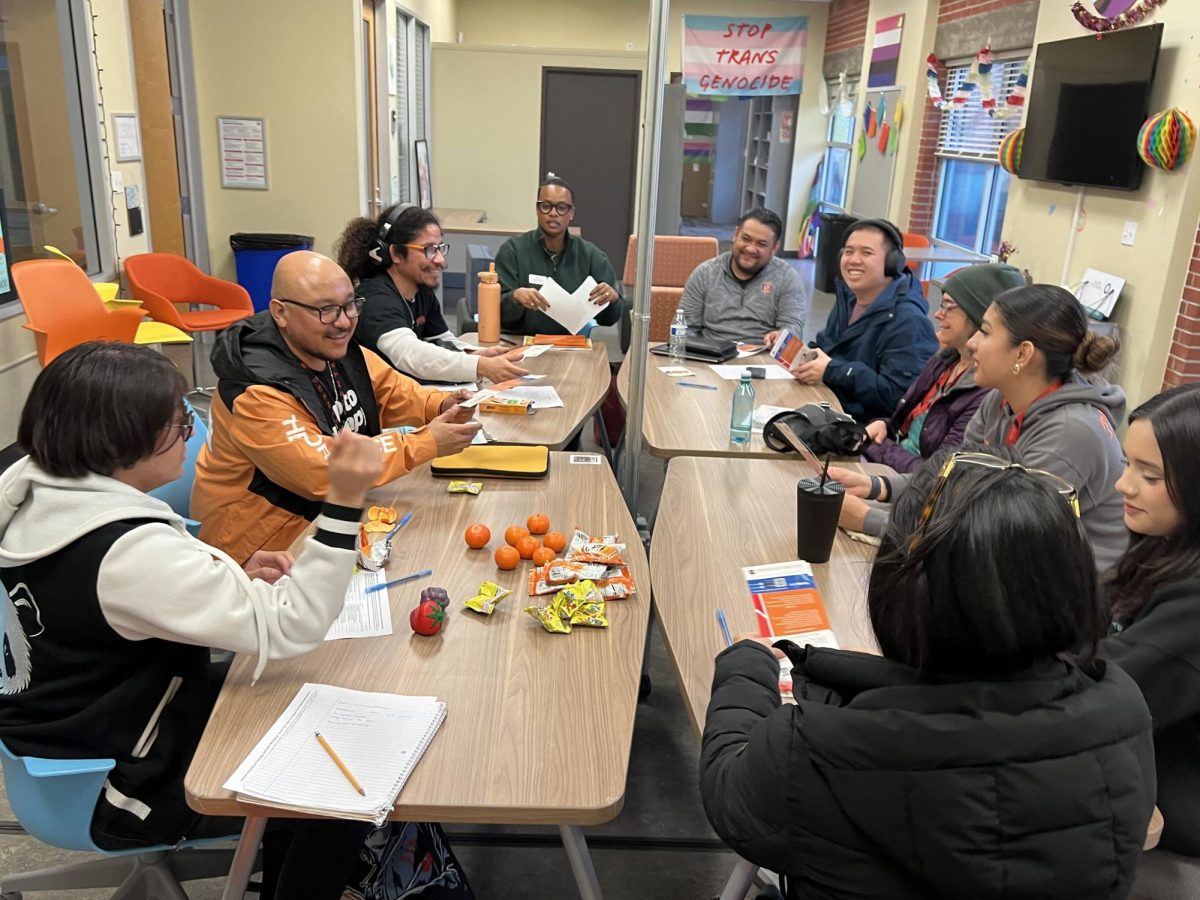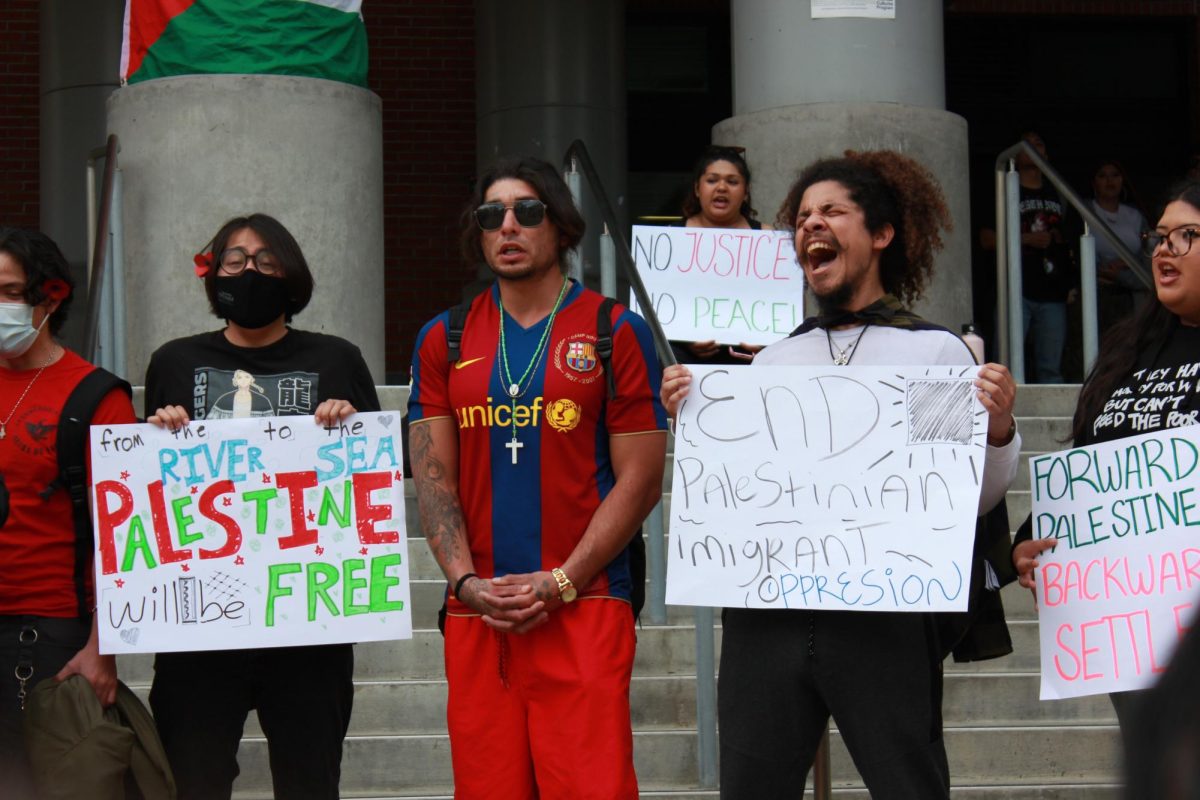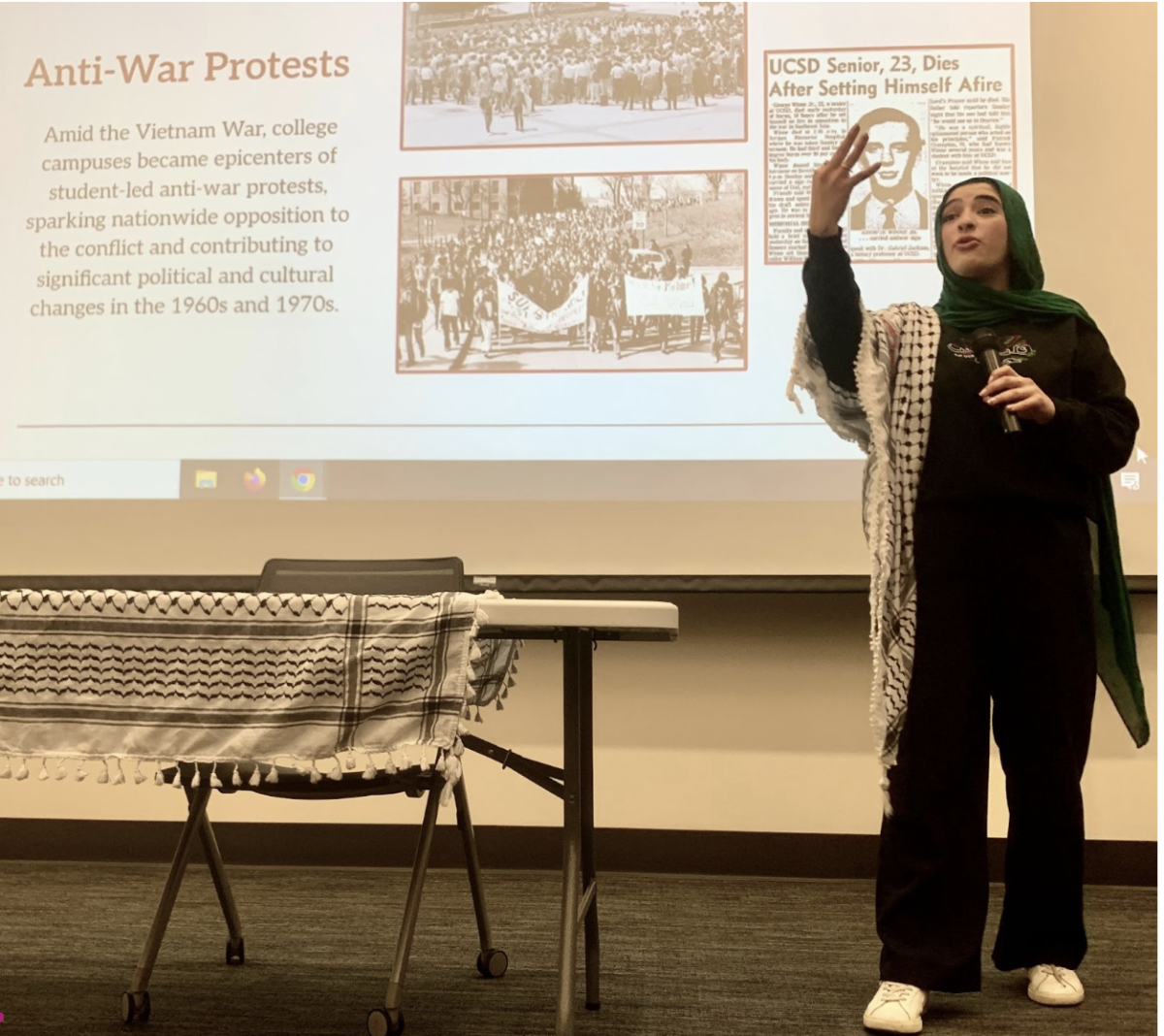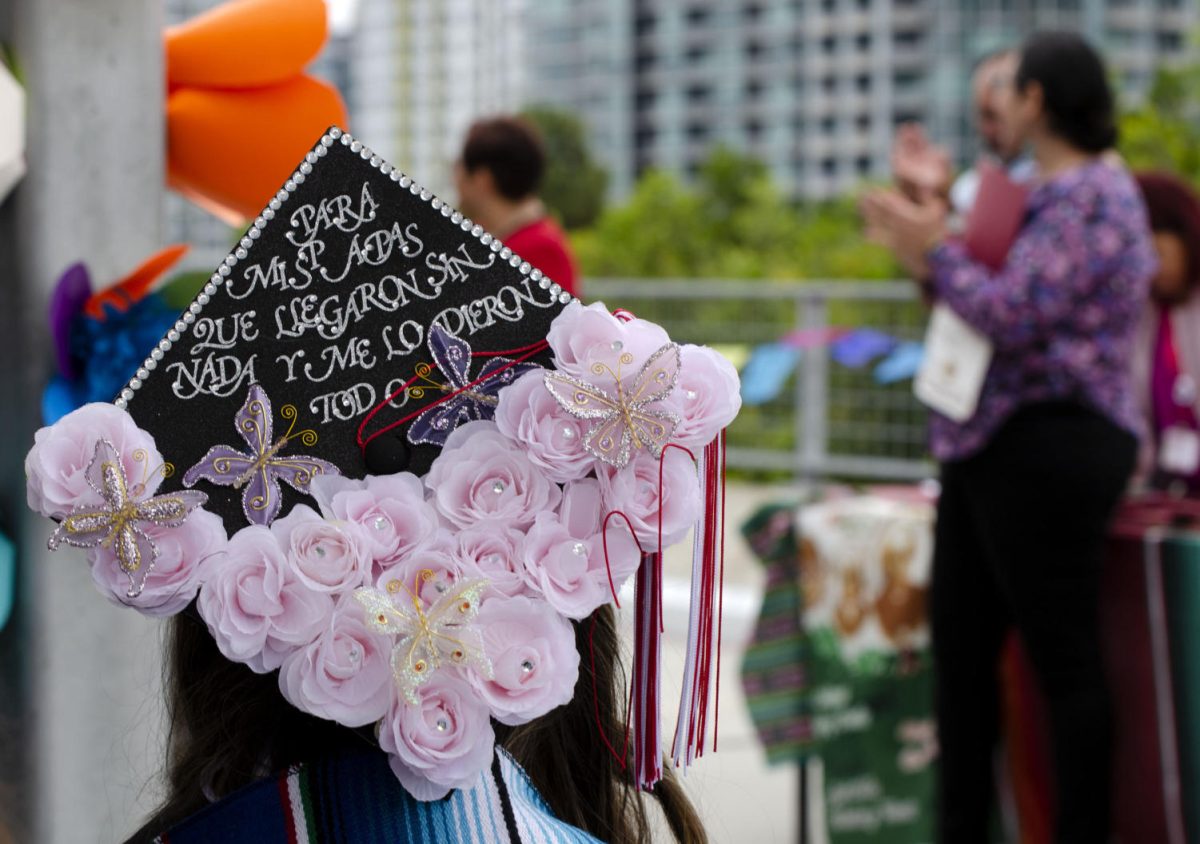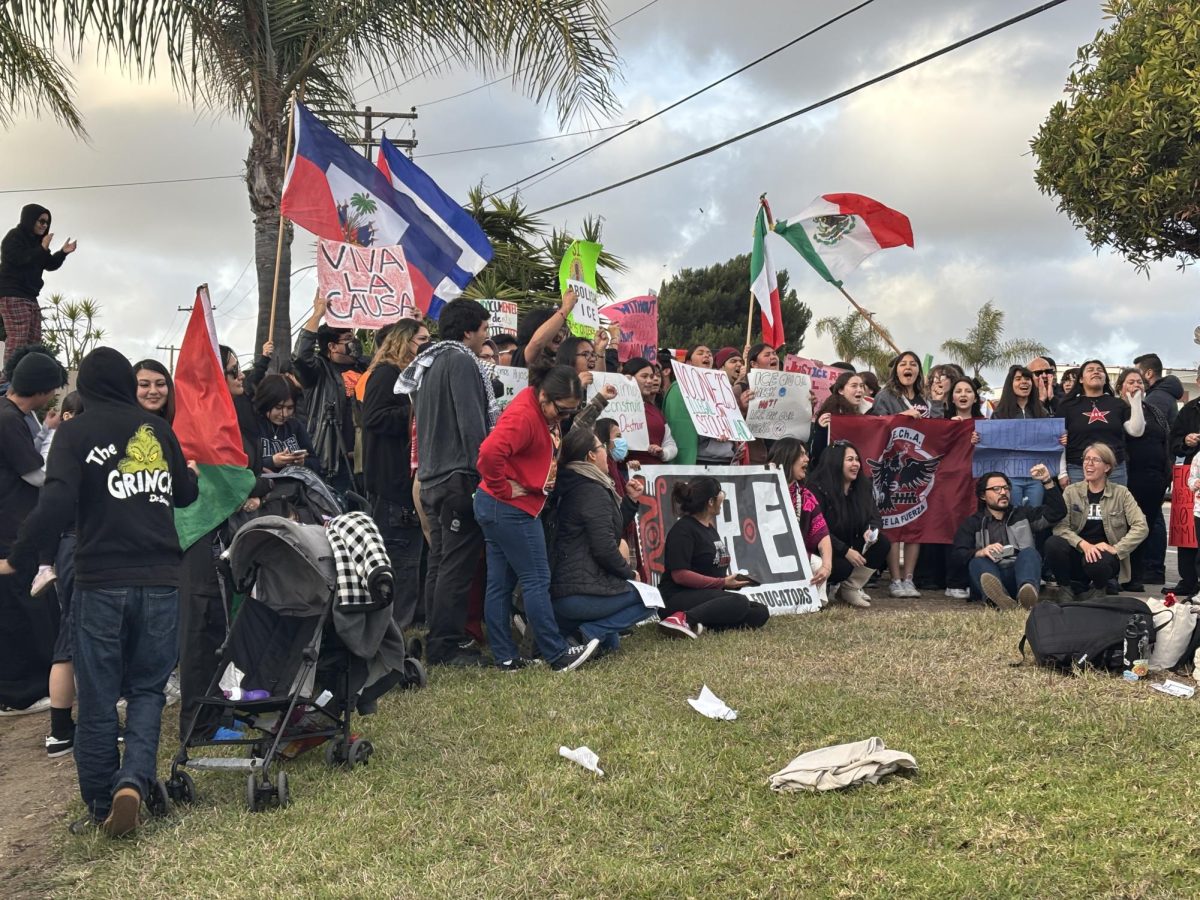City College is hooking-up students who are deaf or hearing impaired with a new video relay service (VRS). The technology enables a deaf person to communicate with a hearing person over the telephone, with the assistance of a video interpreter–who relays the conversation between sign language and the spoken word.
Before the VRS technology, a deaf person had to be in the same room as an interpreter in order to see phone calls translated into sign language. Now the interpreter can be reached from anywhere a videophone is plugged in.
“Public places need to have one,” said to Dr. Debra Howard-Wright, Program Manger of Disabled Support Programs and Services. “The [Americans with Disabilities Act] requires it. This relay phone must be available.”
The Americans with Disabilities Act was signed into law in 1990 by President George H. W. Bush to prohibit discrimination based on disability. The videophone was intended to give equal opportunity in telephone access to students who are deaf or hearing impaired. “That’s why we’re funded,” explained Dr. Howard-Wright, “so everybody has access.”
Here’s how VRS works: First, the deaf caller signs a message to the video interpreter (they see each other on TV screens). The interpreter speaks the message to the recipient of the call. The recipient listens and responds orally–the interpreter relays the message to the deaf caller in sign language, visible on-screen.
“A number of students have been using it regularly,” said Dr. Howard-Wright. “The technology has improved and there’s no delay anymore. ” She stressed the importance of video clarity and speed in viewing the subtleties of sign language. Dr. Howard-Wright is considering ordering a second device.
Sue Taetzsch, the Deaf and Hard of Hearing Counselor at City College estimates, “There are about 15 to 20 students at City who are deaf or hearing impaired. It varies each semester.” She notices that students are utilizing VRS on a regular basis. The frequency of calls is unmonitored for privacy reasons. Sue would like to see a second device added in the library. She points out how the DSP&S office closes at 5PM. A library videophone would add about 18 more hours of videophone access per week.
When asked if the videophone was primarily for academic or personal use, Taetzsch indicated: “Anything.”
VRS technology stands to replace the older TDD, or “telecommunication device for the deaf”, which debuted back in 1973. “This is what used to be the mainstay,” said Dr. Wright-Howard, patting the device, which remains operational. The TDD is just a basic keyboard with an electronic readout that allows users to “text” back-and-forth over a telephone line. The conversation ticks along very much like a text message exchange. TDD even uses the same abbreviations such as BRB for “be right back” and THX for “thanks”.
Dr. Howard-Wright explained how modern text messaging is actually an offshoot from the decades-old TTD. “These are technologies that have been around for years,” she said. Howard-Wright also remembers how voice-activated software, designed for the blind, enjoys widespread use. “The general population wants technologies originally designed for people with disabilities.”
Darwin Browne knows these trends well. He’s been working at the DSP&S for almost ten years. “Some people don’t want to change,” he said about the TDD usage. “They like the old school way.” Browne how a younger generation of deaf students are using Sidekicks and other mobile devices, instead of the TDD and videophone.
Sue Taetzsch isn’t exactly sure when she last saw her own TDD. “I think its in the garage someplace,” she said. Taetzsch, who is deaf, is a huge fan of e-mail, but her office computer’s webcam supports the videophone technology. It’s been a while since she’s operated the TTD. When asked, why somebody doesn’t unplug the City College’s TTD Taetzsch replied, “because there continues to be a demand for. Older people may prefer it.
For students who are deaf or hearing-impaired, City college offers the old TTD and the new VRS, both of which are currently available for public use in the lobby of the Disabled Support Programs and Services, room A-155. The VRS is placed in the corner of the room to give the user maximum privacy. Both services are free.


